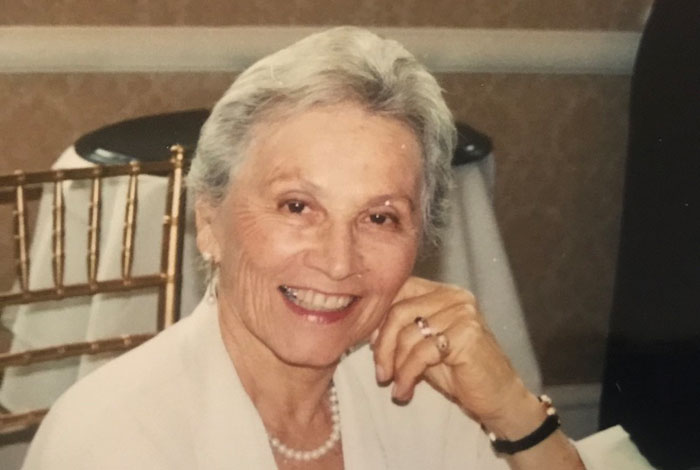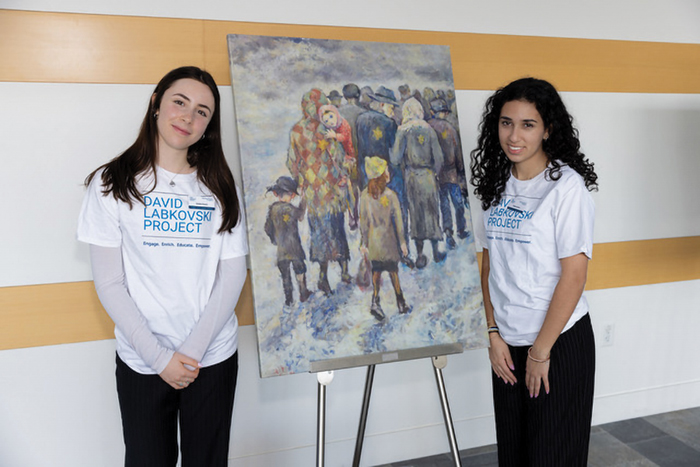In 2003, Dana Adam Shapiro was stunned by an article about quadriplegic rugby — a.k.a. murderball — played by testosterone-amped athletes who ram the hell out of each other in souped-up wheelchairs.
The quadriplegics, at least partially impaired in all four limbs, were trash-talking, beer-guzzling, ministry-blasting gladiators who partied hard, had hot girlfriends and plenty of sex.
“I had thought all quadriplegics were like Christopher Reeve,” Shapiro said, sheepishly. “No life, no movement, no sex and certainly no rugby.”
The former Spin magazine senior editor promptly called his producer, Jeff Mandel, and announced he’d found the subject of their debut film.
“But it wasn’t going to be just about the sport,” Shapiro said. “It was going to be about what it’s like to break your neck.”
The fierce, powerful “Murderball” revolves around athletes such as Mark Zupan, a goateed, tattooed Texan who reconciles with the friend whose drunk driving put him in a wheelchair. There’s also Joe Soares, crippled by childhood polio, who skulked off to coach the Canadians, with the American playbook in tow, when he was cut from the U.S. team. (“If Joe was on the side of the road on fire, I wouldn’t p — on him to put it out,” Zupan says in the film.)
The lauded movie won the audience award for best American documentary at the 2005 Sundance Film Festival. According to Entertainment Weekly, it’s poised to become the latest breakout documentary (like “Spellbound” and “Fahrenheit 9/11”) and Zupan will be the summer’s most surprising action hero.
In an interview at the Meridian Hotel last week, the Jewish filmmakers were almost as hung over and trash-talking as Zupan, whose head was on the table after drinking Crown and Cokes until 6 a.m. at the film’s premiere. Henry Alex Rubin, the co-director, said he somehow lost his dress shoes in the revelry.
The filmmakers — all 31 — even sounded like the athletes as they razzed each other, while describing their Jewish backgrounds. Shapiro grew up in a Conservative home in Newton, Mass., spent a semester at Tel Aviv University and wrote an upcoming novel, “The Every Boy,” which revolves around a Jewish family. Mandel, from Great Neck, Long Island, read Torah weekly at the request of his yeshiva graduate father. And Rubin, who was raised in an interfaith household, lit a “starter kit” menorah that Shapiro gave him last year.
“Do you remember your bris?” Shapiro asked Mandel.
“Let’s say I have credentials in that area,” the producer replied.
But the talk turned serious when the filmmakers earnestly described the Jewish values inherent in the film. Shapiro was pleased when a rabbi used “Murderball” as the topic of a Passover sermon about overcoming obstacles.
“There are certain minorities you’re born into, like being Jewish, and then there are quads who are thrown into a minority, and face all kinds of prejudice,” he added.
As a result, the athletes are “like jock philosophers,” Rubin said. “They’ve had their diapers changed, their a– — wiped, which humbled them and made them incredibly introspective.”
Shapiro identified with his subjects’ struggle with God: “After their traumas, these guys do start questioning, and Judaism encourages dialogue with even the highest power. You may not come up with answers, but you’re allowed to ask, ‘Why, why, why, why, why?'”
When the filmmakers began shooting at the 2003 world championships in Sweden, the challenge was “breaking through the yawn barrier,” Rubin recalled. “When you see something about disabilities, you just f—- — yawn. We did not want to make a politically correct, quote-unquote inspirational, cue-the-violins type of movie. We wanted to show how these guys played and partied and lived.”
To do so, the filmmakers adopted what Zupan calls his “a—level” view of the world, by shooting from wheelchairs and strapping cameras to the chairs during games.
Zupan told The Journal he opened up to the directors to publicize his sport and “to be depicted as normal. People see quads in chairs, and they’re like ‘you’re different,’ and in actuality, we’re not. I might see your a — before your face, but that’s not such a bad thing, especially when it comes to women.”
The movie features frank discussions about sex, including positions, Viagara, videos and how to pick up women.
Perhaps that’s why one observer dismissed the film as grotesque, exploitative, and asked, “What’s next? A movie about midget tossing?”
In response, the filmmakers pointed out that the response to “Murderball” has been overwhelmingly positive from both disabled and able-bodied viewers.
“This movie will make you forget everything you thought you knew about quadriplegics,” Shapiro said.
“Murderball” opens today in Los Angeles.
Â





















 More news and opinions than at a Shabbat dinner, right in your inbox.
More news and opinions than at a Shabbat dinner, right in your inbox.